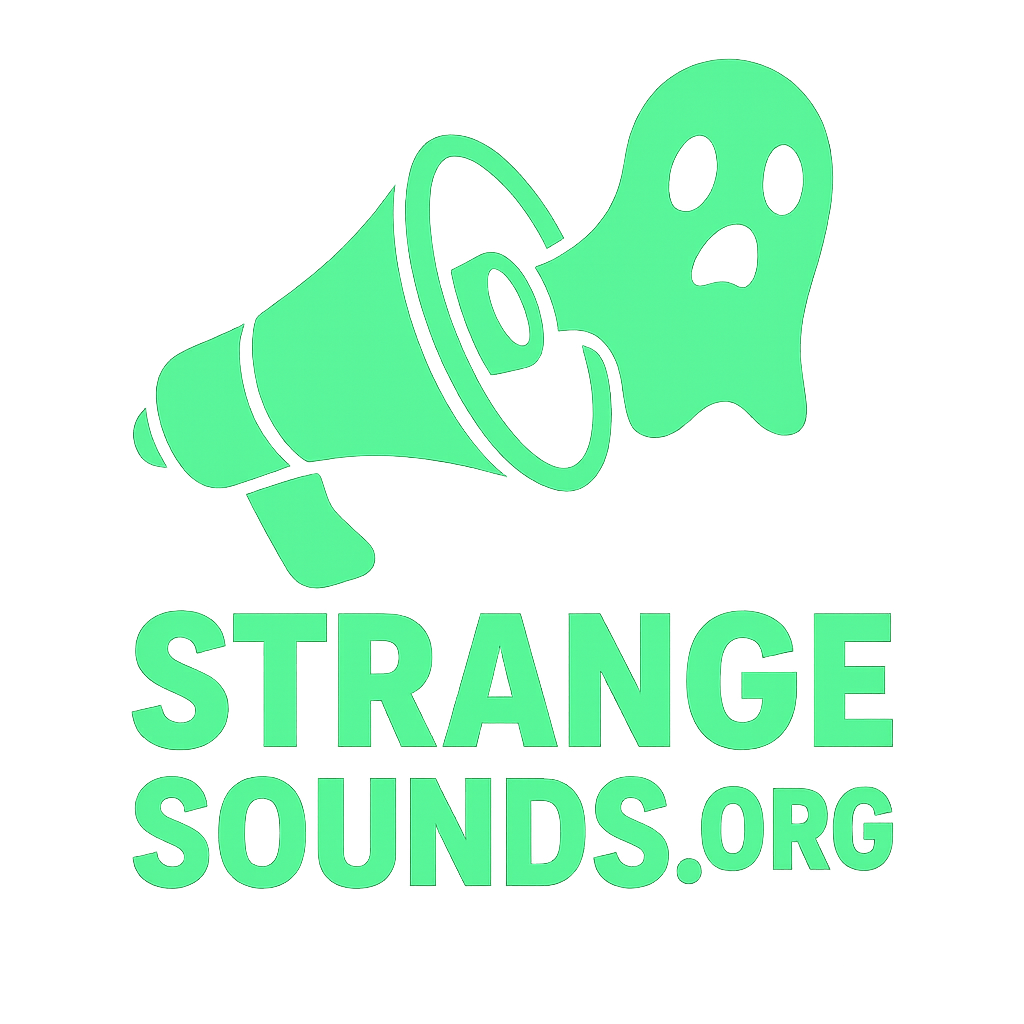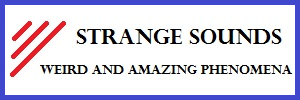
The Power of Words in Shaping New Ideas
Books have always been companions in moments when the mind seeks to stretch beyond its routine. They offer not only stories and facts but also pathways into fresh ways of seeing the world. A single sentence can turn a simple thought into an inventive spark. Creative thinking thrives on these sparks. When an author presents an unusual metaphor or an unexpected angle it can loosen mental knots and make space for original ideas to grow.
In the search for inspiration the variety of books matters. Many people use Z lib to find a wider range of books because having access to different voices allows the imagination to move more freely. Exposure to fiction essays science and even memoirs can form surprising bridges between subjects. Those bridges often become stepping stones toward a personal style of thinking that feels authentic and resourceful.
How Stories Expand the Imagination
Fiction is more than entertainment. A novel creates a stage where characters face choices dilemmas and breakthroughs. That stage becomes a rehearsal ground for imagination. Reading a mystery or a fantasy tale can show how rules bend and how new worlds take shape. Even the most ordinary detail in a novel can remind the mind that reality itself is open to interpretation.
Nonfiction works in a similar way but through different means. A book on architecture or music history can reveal how human creativity leaves marks across centuries. These insights remind the reader that invention does not happen in isolation. It builds on echoes of the past and challenges of the present. Both fiction and nonfiction play a role in sharpening the ability to connect dots that once seemed unrelated.
Now consider three kinds of books that often serve as keys to unlock creative thinking:
- Classic Literature
“Don Quixote” “Frankenstein” or “The Metamorphosis” carry more than old tales. They show how earlier writers dared to stretch language and themes into uncharted territory. Reading them is like sitting beside thinkers who risked ridicule for their bold visions. The struggles of their characters still echo because they touch timeless questions about identity freedom and imagination. Immersing in such stories pushes the mind to take risks too. Even when set in distant lands or times they remind us that creativity flourishes when boundaries are crossed. A person who absorbs this lesson may begin to see routine tasks as open doors instead of locked gates.
- Modern Psychology Books
Books such as “Thinking Fast and Slow” or “The Creative Habit” dive into how the brain processes ideas and how habits shape imagination. They reveal that creativity is not a gift given to a chosen few but a skill that can be trained. This knowledge takes away the myth that only certain people can innovate. It also highlights the value of rest play and even mistakes. By treating the mind as a flexible tool these books empower readers to experiment with their own methods of solving problems. Over time such experiments can create a more daring mindset in everyday life.
- Collections of Poetry
Poetry compresses emotions and images into lines that surprise and unsettle. A poem like those by Pablo Neruda or Emily Dickinson can ignite thought faster than a long essay. It works because poetry speaks through rhythm silence and unexpected turns of phrase. Reading poems teaches sensitivity to nuance. That sensitivity often becomes the soil where new ideas sprout. Poems do not hand out clear answers. They leave space for interpretation. In that space creativity grows almost without notice like a plant that blooms in a crack of concrete.
These kinds of books hold different keys yet they all unlock rooms in the house of imagination. Once inside those rooms ideas can collide mix and create new directions.
The Role of Curiosity and Cross Connections
Curiosity is often the hidden engine of creative thought. A person who reads across genres develops a natural habit of asking questions. Why does a character act against reason. Why did a scientist pursue an experiment despite failure. Such questions open mental doors. The answers do not always matter as much as the act of asking. That act keeps the mind agile.
Cross connections appear when ideas from different areas meet. Reading about gardening while studying music theory may seem unrelated at first. Yet both involve patterns growth and rhythm. Spotting those links is where creativity lives. Books that vary in subject matter offer more opportunities for these chance connections to occur.
Building a Lifelong Practice
Creative thinking is not a one time spark but an ongoing practice. Books are like training grounds where the imagination can practice daily. Returning to them again and again builds endurance. Over time it becomes easier to twist perspectives and find inventive angles.
Some books work like anchors that hold steady meaning while others feel like kites that pull the mind into unknown skies. Both are necessary. The anchor provides focus and the kite provides flight. Together they keep creativity alive and in motion without drifting into chaos. That balance is what makes reading an endless wellspring for new ideas.












